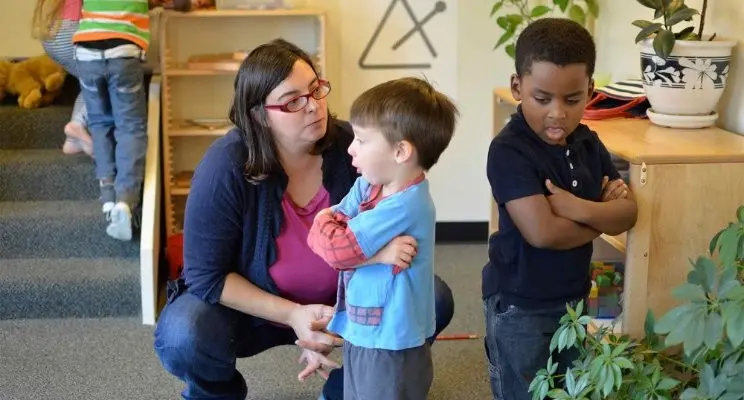Introduction
Conflict is a natural part of life, whether it occurs on the playground, in the classroom, or at home. For children, learning how to resolve disputes peacefully is a key social skill that will serve them well throughout their lives.
In this blog, we will explore effective conflict resolution strategies for children, helping them develop problem-solving skills, build empathy, and promote peacemaking.
Why Conflict Resolution Matters
Children who know how to resolve conflicts are better equipped to handle disagreements, avoid unnecessary arguments, and maintain healthy relationships. Conflict resolution is a cornerstone of social-emotional learning (SEL) and plays a vital role in developing strong interpersonal skills.
Understanding the Roots of Conflict in Kids
Children, like adults, experience conflicts for a variety of reasons, including:
- Differences in opinion: Disagreements about rules or how to play a game.
- Emotional outbursts: Frustration or anger can lead to arguments.
- Competition for resources: Whether it’s a favorite toy or attention from an adult, conflicts often arise when children feel they are competing for something.
Understanding the root cause of a conflict is essential for finding a resolution that satisfies both parties.
Key Steps to Teaching Conflict Resolution
- Step 1: Encourage Active Listening: Before any resolution can happen, children need to feel heard. Teach your child to listen carefully to the other person’s perspective without interrupting. Active listening promotes empathy and helps both parties understand each other’s emotions and points of view.
- Step 2: Teach “I” Statements: Instead of blaming, children should learn to express their feelings using “I” statements. For example, “I feel upset when you take my toy without asking,” is more effective than “You’re always taking my stuff!” This approach reduces defensiveness and fosters clearer communication.
- Step 3: Brainstorm Solutions Together: Once both sides have expressed their feelings, guide them in brainstorming possible solutions. Encourage creative thinking, and remind them that the goal is to find a solution that works for both parties.
- Step 4: Agree on a Solution: Help the children evaluate the potential solutions and choose one that they both agree on. This teaches negotiation and compromise, crucial skills for resolving conflicts.
Activities to Teach Conflict Resolution
- Role-Playing: Role-playing different scenarios can help children practice conflict resolution in a safe and supportive environment. For example, you can role-play a scenario where one child is upset about a game rule, and the other needs to listen and respond.
- The “Peace Table”: Create a designated “peace table” where children can go to talk about their conflicts calmly. The table should include tools like a talking stick (where only the person holding it speaks), emotion charts, and solutions cards to help guide the conversation.
- Conflict Resolution Games: Games like “The Resolution Wheel” can make learning about conflict resolution fun. Children spin the wheel and land on different solutions like “talk it out,” “take turns,” or “share.”
The Role of Empathy in Conflict Resolution
Conflict resolution is more effective when children learn to see things from the other person’s perspective. Empathy helps them recognize the feelings of others and fosters compassion. You can encourage empathy by asking questions like, “How would you feel if that happened to you?” or “Why do you think they acted that way?”
What to Do When Conflict Escalates
In some cases, conflicts may escalate and require adult intervention. If emotions are running too high, guide the children through a calming exercise, such as deep breathing or a timeout, before revisiting the conflict resolution process.Conclusion
Teaching children how to resolve conflicts peacefully is a skill that will benefit them in every aspect of life. By practicing active listening, empathy, and problem-solving, children can navigate disputes in a constructive and positive way. These conflict resolution strategies empower kids to be peacemakers in their own lives, fostering harmony and cooperation wherever they go.


very insightful